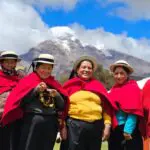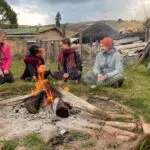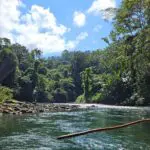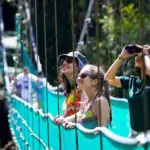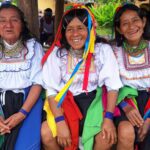In the centre of colonial Cusco you will find the main square, commonly better known as the “Plaza de Armas”. This beautiful square is surrounded by colonial buildings, which serve as an example of how profoundly the Spanish conquerors impacted the city. However, the plaza did already exist long before the Spanish conquest, looking differently of course. It was the heart of the capital of the Inca Empire, where the four main roads of the Qhapaq Ñan (the Andean road system) meet each other.
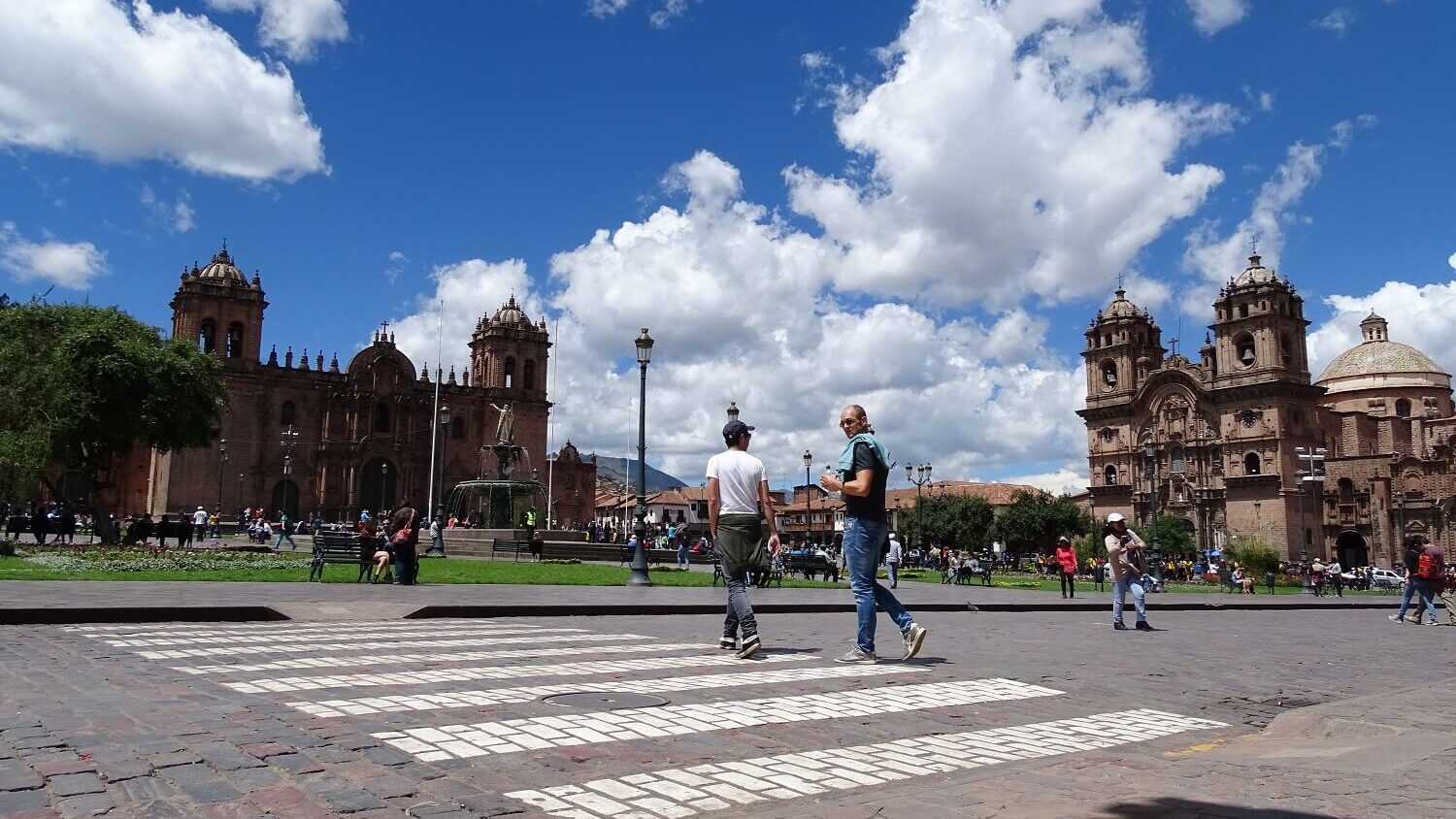
History of the Plaza de Armas of Cusco
The history of the plaza starts in pre-Inca times. Legend has it that Manco Capac and Mama Ocllo were on a long search for the right place to create the Inca EmpireMama Ocllo, when they finally arrived at the plaza. Manco Capac was the first leader of the Incas at this time and was considered the son of the Sun God (Inti). He was ordered by his father (the god Inti) to civilize the people around Lake Titicaca. Together with Mama Occlo, he went to execute his order. Up until that moment, all the inhabitants of the area had been living in complete disorder. But then, the Sun God came and taught them how to cultivate crops and respect the Apus surrounding them (= the spirits of the mountains or mountain gods).
Before he had set off on his mission, his father had given him a golden bar and told him that every time they would stop to eat or rest, they should try to plant the bar in the ground. The place where the bar would sink into the land, should be the location of the new main city of the Empire. When Manco Capac and Mama Occlo arrived in Cusco, the “Plaza de Armas” was nothing but a swamp. Thanks to these conditions, the golden bar sank into the ground when they tried their luck. The decision was made: This was where the Inca capital should be built. And they started construction.
From then on, Manco Capac was in charge of building and teaching men in agriculture, fishing,
house construction, science and respect for the god Inti (Sun) and the Apus (Mountains). Mama, for her part, was teaching the women domestic chores, such as cooking and weaving clothes to protect them from the rough mountainous weather conditions.
Later on, the successor of Manco Capac, ordered the drying of the swamp and transformed the place
into the centre of what would become the Inca Empire. When originally constructed, the Plaza de Armas occupied a much larger area than it does today. It included various places in the surrounding area and the square was divided into two parts with the Saphi stream separating them.
The plaza during the Spanish Conquest
As in the rest of Peru and South America, the Spanish conquerors devastated large parts of Cusco city and its heritage when they arrived there. After defeating the Incas, Pizarro and his men occupied their palace on the main square and started destroying the nearby buildings. Once everything had been razed to the ground, they started building colonial mansions, as well as the cathedral and other religious temples that mark the plaza today.
Besides destroying the Inca temple, and other nearby buildings, Pizarro also ordered the removal of various buildings along the Saphi stream. Thus, he changed the division of the main square, transforming the old one into three new ones. These three still exist today: They are the modern-day Plaza de Armas, the Plaza de Regocijo and Plazoleta de la Merced.
The execution of Tupac Amaru II on the Plaza de Armas of Cusco
One of the most important episodes in the history of Cusco’s Plaza de Armas is the execution of Tupac Amaru II. This famous indigenous hero from Cusco, with both an indigenous and Peruvian-Spanish background, began a rebellion against the Europeans and the Spanish crown. Although it lasted only a few months (from November 4th, 1780 to April 6th, 1781), it caused thousands of deaths. Today, the death and memory of Tupac Amaru—who has become a mythical figure in the Peruvian struggle for independence—is honoured with a statue in the centre of the square.
The Plaza de Armas today
As of today, the Plaza de Armas is one of the main tourist attractions in Cusco. Several religious temples can be admired here (the cathedral, the Church of the Society of Jesus and, the Chapel of Triumph), as well as beautiful portals with colonial arches.
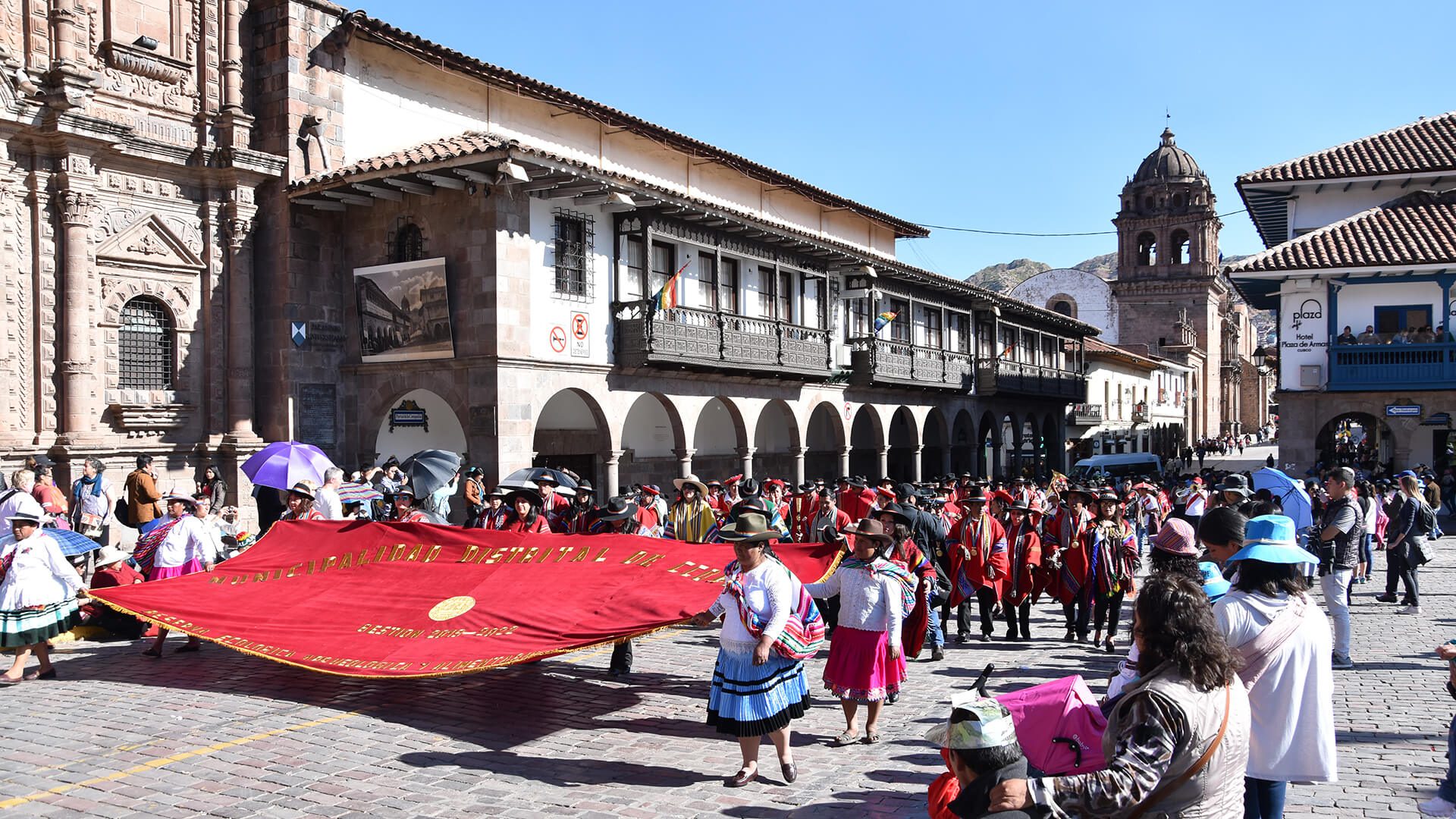
If you are lucky, the Plaza de Armas will welcome you with events where you can enjoy traditional dances and music from Cusco ranging from pre-Hispanic times to the present day. You will also find different restaurants, coffee shops and bars at the Plaza de Armas and its surroundings. Here, you can enjoy the flavours of Peru with great views of the Plaza. Observe closely every detail of this square. Because now that you have read this article, you will see it from a different perspective and feel the history that marks this place.
When visiting Cusco do not miss our one of a kind City Tour, which will take you to the Plaza de Armas as well as many other interesting surrounding places full of history, with the unique approach of our local guides.
Expand your knowledge about Cusco by reading our Destination Guide and getting free tips to discover the city.

